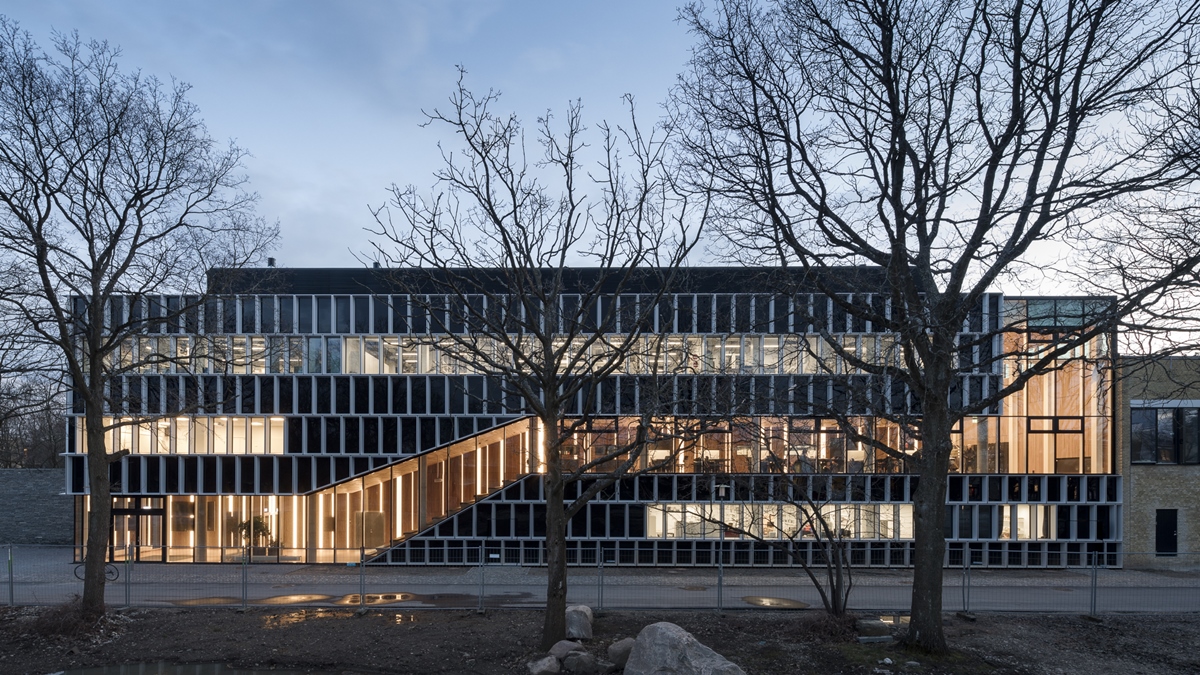About us
DTU Electro employs more than 300 skilled researchers with competencies in electrical and photonics engineering. As a department we strive towards creating sustainable energy and a greener internet, as well as strengthening cyber security and health technology. Working with the industry and public organisations is one of our top priorities to find and implement new solutions to our society.

We aim to offer education, research and innovation of the highest standard, and our focus on application-oriented research enables us to work across many engineering disciplines and research areas, such as IT and the medical and health sciences. We have a close collaboration with researchers from all over the world, just as we collaborate with industry and public authorities about the dissemination of solutions based on electrical and photonics engineering as their key enabling technologies.